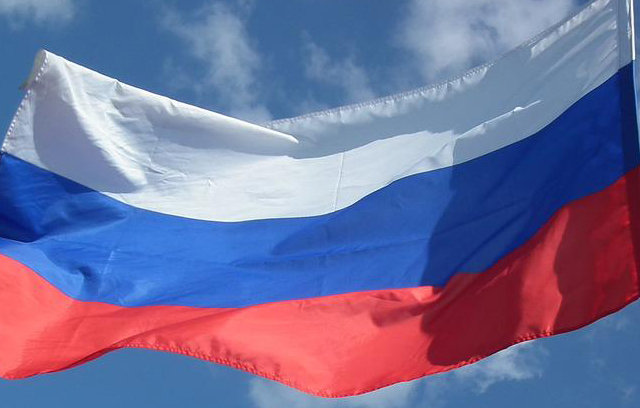Source: Oleoscope (Russia)
Russian agricultural exports saw a decrease of 13.7 percent between January and May. This decline signals notable shifts in the global agricultural market. Several factors contribute to this downturn, affecting overall trade dynamics. This analysis delves into the specifics of the decline.
Factors Influencing the Export Reduction
Firstly, the value of exported products dropped significantly in the specified period. The agricultural sector witnessed a considerable decrease. Simultaneously, exports amounted to $16.2 billion, compared to $18.8 billion last year. Wheat exports, however, generated $4.1 billion. Nevertheless, this figure represents a decrease of 21.7 percent year-on-year. Furthermore, physical exports of wheat fell by 17 percent. These decreases resulted in 21.2 million tons being shipped from Russia.
Barley exports also declined. Consequently, the value of barley exports decreased by 37.7 percent. In addition, corn exports saw a more modest reduction of 6.4 percent. Sunflower oil exports experienced a substantial decrease of 19.3 percent. Soybeans showed a significant drop of 43.2 percent.
Here’s a summary of export values for key commodities:
- Wheat: $4.1 billion (down 21.7%)
- Barley: Down 37.7%
- Corn: Down 6.4%
- Sunflower Oil: Down 19.3%
- Soybeans: Down 43.2%
Reasons Behind the Russian Agricultural Exports Decline
Several reasons underpin the observed decline. Global market fluctuations represent one critical factor. Changing demand in key import regions also plays a role. Price volatility impacts export values considerably. Moreover, geopolitical factors influence trade relationships and volumes. Consequently, logistical challenges can further impede export operations. Thus, these elements collectively contributed to the observed reduction. Furthermore, competition from other exporting nations intensifies pressure. This competition impacts Russia’s market share and export revenue. Therefore, it is critical to assess all these factors.
Market Outlook and Future Projections
Looking ahead, the Russian agricultural sector faces uncertainties. Despite the recent decline, potential exists for recovery. For example, strategic adjustments in export policies could help. Diversification of export markets is another key strategy. Investment in infrastructure may also reduce logistical hurdles. It’s essential to monitor global market trends closely. Thus, adaptation to these trends is vital for sustaining agricultural exports. Despite the 13.7 percent drop from January to May, opportunities to improve exist. Ultimately, this requires proactive measures from the Russian agricultural sector.

